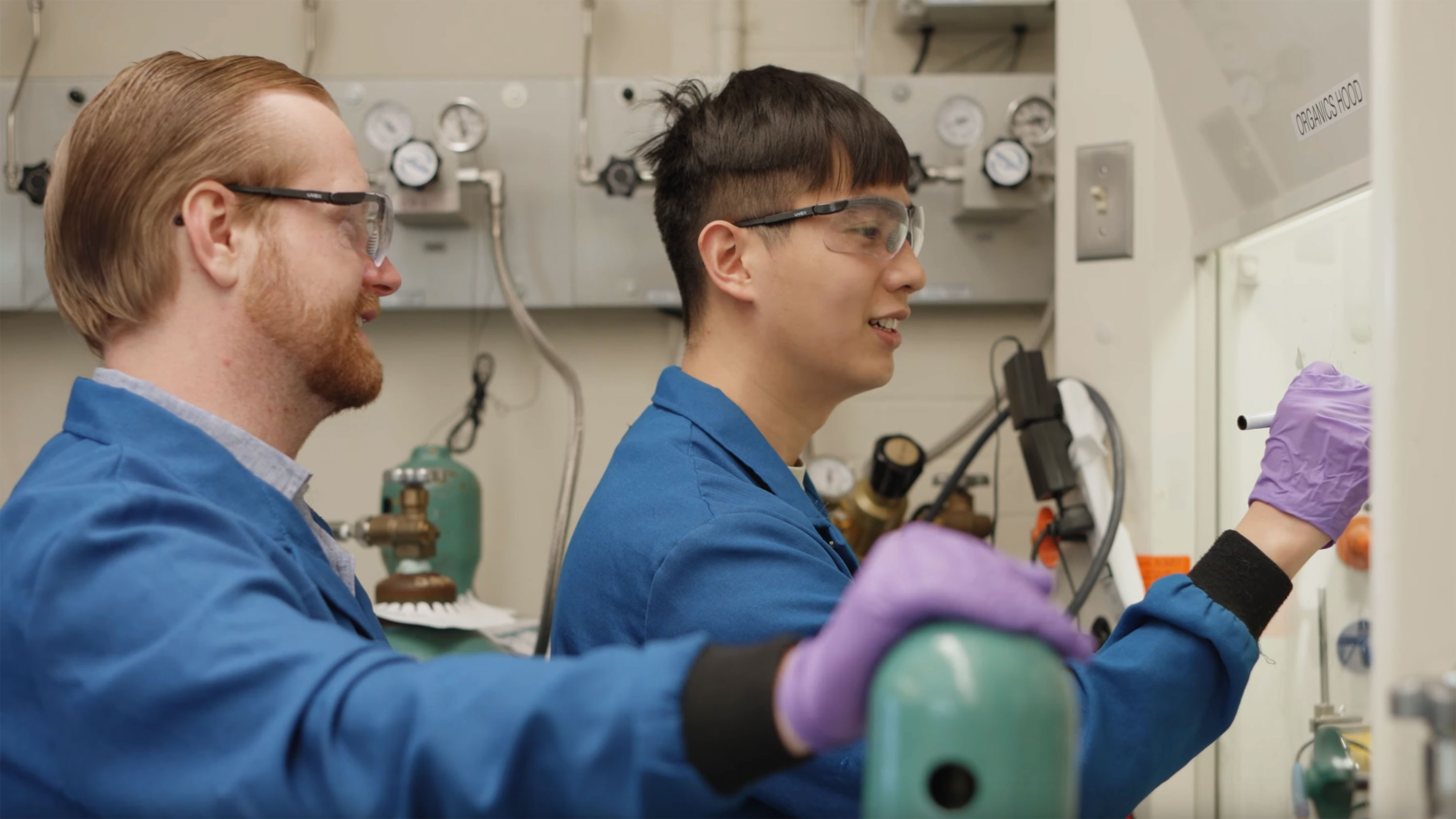Top News
Today’s Featured News
-
-
In the Media
Featured Multimedia
Astronomical observations, such as the rotation of galaxies and their relative velocities in galaxy clusters, have provided compelling evidence that the universe contains much more matter than is visible in stars. Although this so-called “dark matter” is thought to be as much as ten times larger than the visible kind, its nature is still a mystery.
Researchers affiliated with the MIT Climate & Sustainability Consortium collaborate with member companies to accelerate the implementation of large-scale, real-world solutions, across sectors, to help meet global climate and sustainability challenges.
In this episode of the Curiosity Unbounded podcast, President Sally Kornbluth talks with Associate Professor Greg Fournier about fine-tuning our understanding of evolution; life in the lab; and advice for those just beginning a career in science.
Our mission at MIT is to advance knowledge; to educate students in science, engineering, technology, humanities and social sciences; and to tackle the most pressing problems facing the world today. We are a community of hands-on problem-solvers in love with fundamental science and eager to make the world a better place.
Photorythms investigates whether computational methods such as facial detection, computer vision, and generative forms can be utilized to create more expressive and artistic works of portraiture and the face. Giving a new take on portrait photography and new life to images through computation.
Music Technology at MIT blends creativity, engineering, and musical practice. The Voxel Lab gives students a space to build entirely new ways of making sound or hack existing methods in novel ways. The result is an inspiring, multidisciplinary environment where students can combine their interests into anything their creative side can imagine, and their engineering side can build.


























